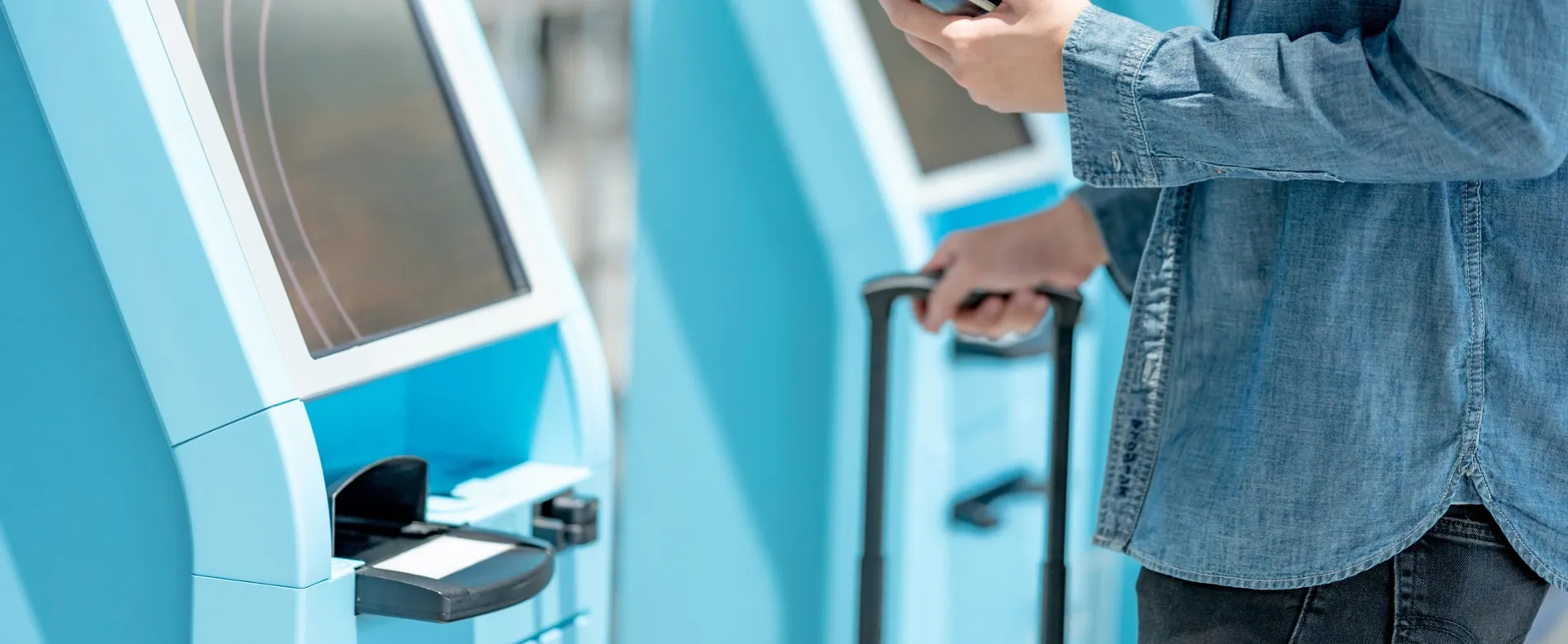Why it’s time for linerless bag tags to become the standard
Imagine you're at the airport, heading to a self-service kiosk or bag drop to check in your luggage. The kiosk presents you with an Eezeetag®, a liner-less baggage tag designed to simplify the tagging process for passengers. This innovation aimed to eliminate the confusion caused by the liners of traditional baggage tags, which passengers often left scattered around. You just line up the targets on the tag and press it together. The tag sticks only to itself. No mess, no waste and an easier attachment than normal tags.
The Inconvenience of Traditional Tags

Traditional baggage tags come with liners that create a significant waste issue. As the photo shows, even check-in agents have to deal with dumping these plastic liners when labeling bags.
The plastic liners are challenging to recycle due to the silicon residue from the glue, and clearing them up adds to operational costs.
The Efficiency of Eezeetag
So, why not use liner-less products like Eezeetag everywhere? Some might argue about the costs, but let's delve into that. In terms of the total lifecycle of the tag, liner-less products might be as cost-effective, if not cheaper, than traditional tags. This cost-efficiency comes from several factors:
- Less Waste: With no liners to dispose of, there’s less environmental impact and lower waste management costs.
- Economies of Scale: As more airports and airlines adopt liner-less tags, production costs could decrease, making them more affordable.
- Reduced Training Time: Liner-less tags are easier to use, reducing the time and effort required to train staff to use them.
- Fewer Mishandling Issues: Properly attached tags mean fewer mishandled bags, saving costs associated with tracking and rerouting lost luggage.
A Better Experience for All
Imagine a world where every bag is tagged hassle-free. By adopting liner-less tags universally, we can achieve this. Not only would it simplify the process for passengers, but it would also streamline operations for airlines, making the entire baggage handling system more efficient.
It is a small step on a journey to a more sustainable, efficient, and user-friendly travel experience.


